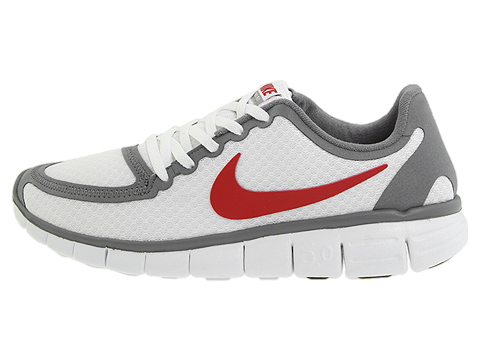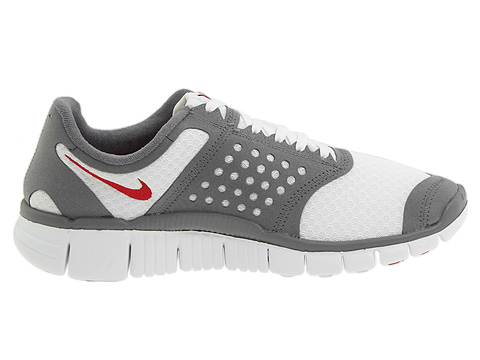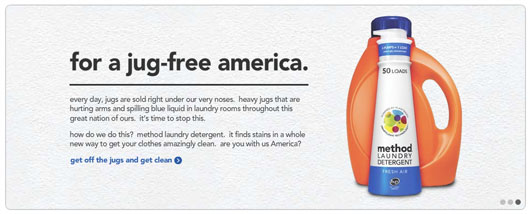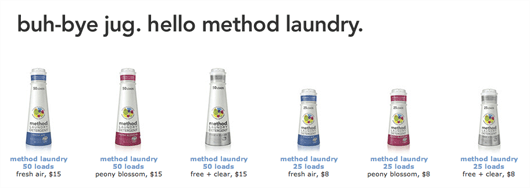We’re on a simplification kick at 37signals. As we grow, we’re trying to simplify our business even more. Growth generally brings complexity, but we want to see if we can go in the other direction.
Questioning assumptions
Simplification usually starts with questioning assumptions. Why do we do this? Why do we need this? Is this really necessary? Is it just inertia? Are we doing it because that’s how we’ve always done it or are we doing it because it’s better? Are we just following conventional wisdom or is there newer wisdom we should be considering?
Why do we need employment contracts?
One of the things we’re beginning to question are employment contracts. When a new employee starts at 37signals we make them sign an employment contract. The contract was drawn up by our lawyers a few years back, so there are no incremental costs each time we bring on a new employee, but is that good enough reason to keep this inertia going?
The contract is about five pages. It outlines some basic responsibilities we have to the employee and the employee has to the company. Starting salary, an overview of benefits, vacation time, confidentiality, and general expectations on both sides. But that’s really only a paragraph or two. Everything else is legal-cover-your-ass-speak. Like most contracts, it’s basically a big “I don’t trust you and you don’t trust me” document. What a terrible way to welcome someone to the team.
How often are these things actually enforced in a business like ours? And if people aren’t really enforcing them, why are we writing/signing them? “Just in case” feels like a pretty weak argument to go through all the cost, trouble, and rigamarole. Is “Imagine if someone…” enough reason to have the first step we take with a new team member covered in legal mud?
What if we became a handshake company?
So we’ve been thinking… What if we did away with these employment contracts entirely? What if we became a handshake company? Plenty of small companies work this way, why can’t we? Aside from each person’s salary, we could post all our responsibilities and their responsibilities on the web.
We could make a ”/workinghere” page at 37signals.com that clearly lays out what employees can expect from the company and what the company expects from the employees. It could be a living document too. Things change, benefits change, rules change. That’s just how it goes. You read it, we shake hands, and we start working together. In the event that it doesn’t work out, we ask you to leave or you quit. That’s how it is anyway – employment in the United States is at-will. Every employment contract I’ve seen includes a line about at-will employment. So what are the dozens of other paragraphs really for?
In this day and age it seems crazy to even consider ditching employment contracts, but why? Why have we become so dependent on lawyers to control every relationship inside our companies? Why is “just in case” the default answer when asking questions about contracts? It sounds more like insurance than legal counsel. And the premiums are sky high.
What’s your experience?
What are your experiences with employment contracts? If you own a business, do you require employment contracts? If you are an employee somewhere, have you signed a contract? Has anyone here ever had to actually sue or litigate an issue specifically related to an employment contract? If you’re an employee, do you feel more or less comfortable joining a company that makes you sign a legal contract? Does anyone feel good about signing these things?
Would love to hear everyone’s thoughts.





